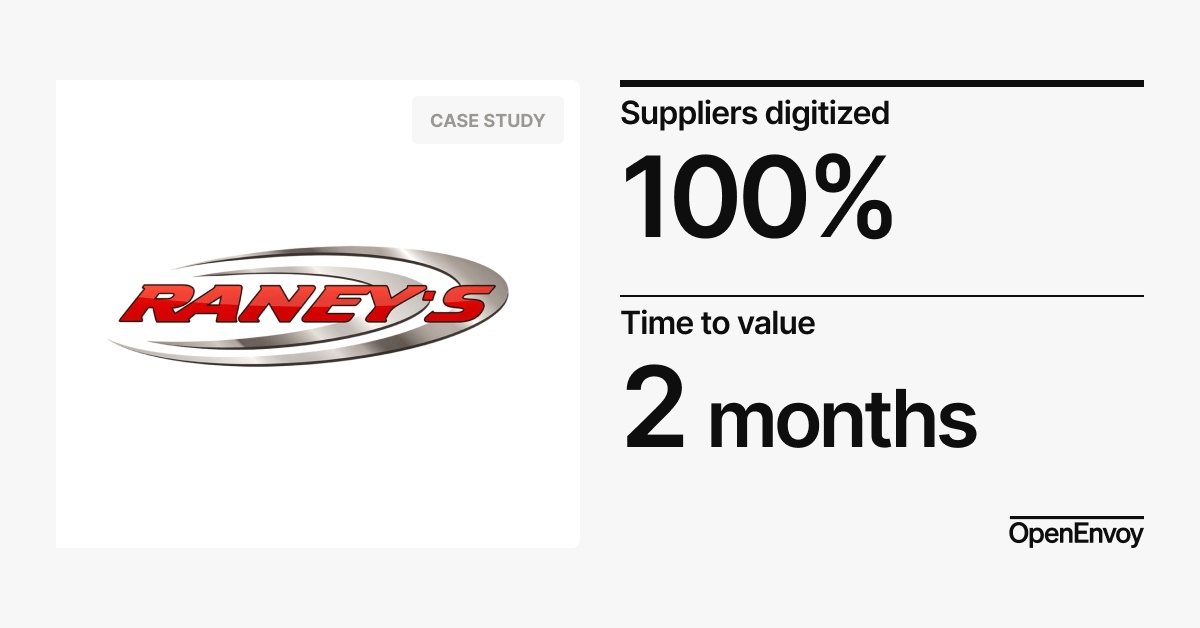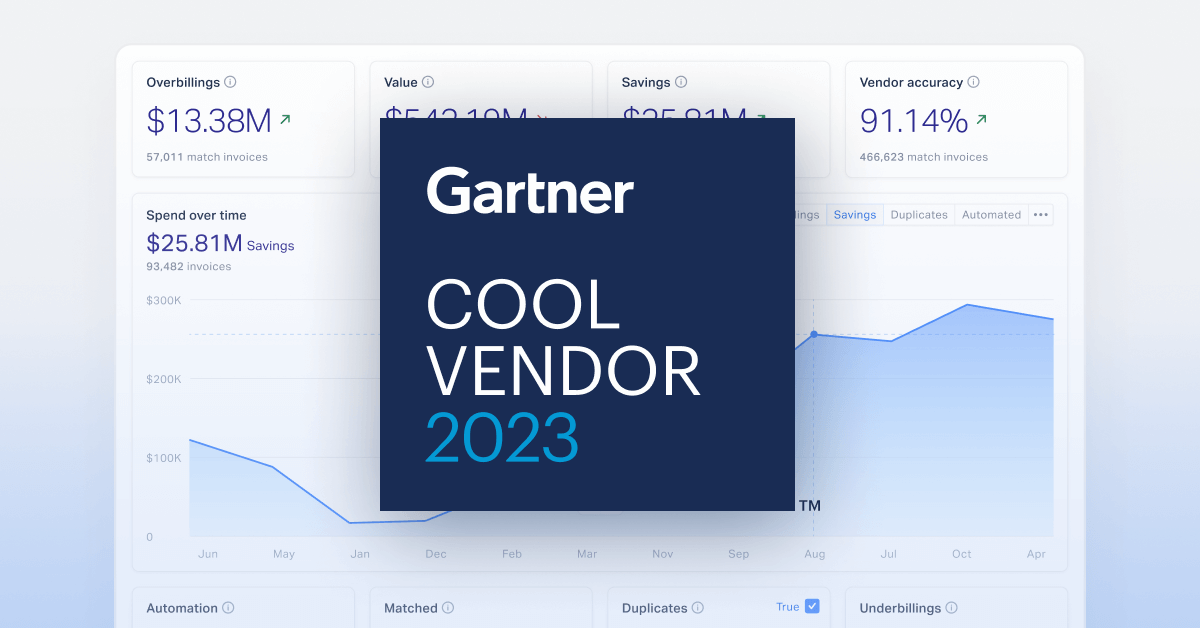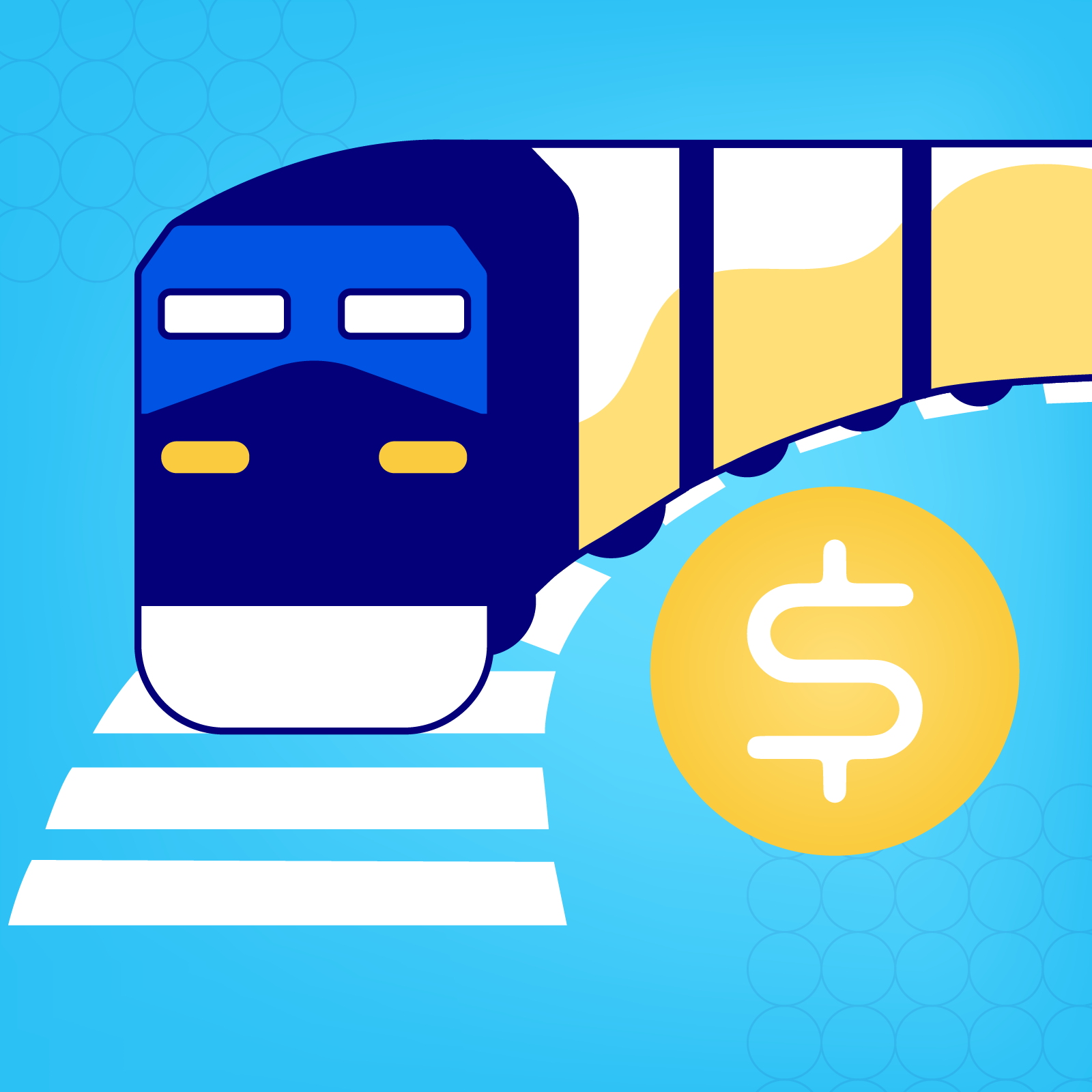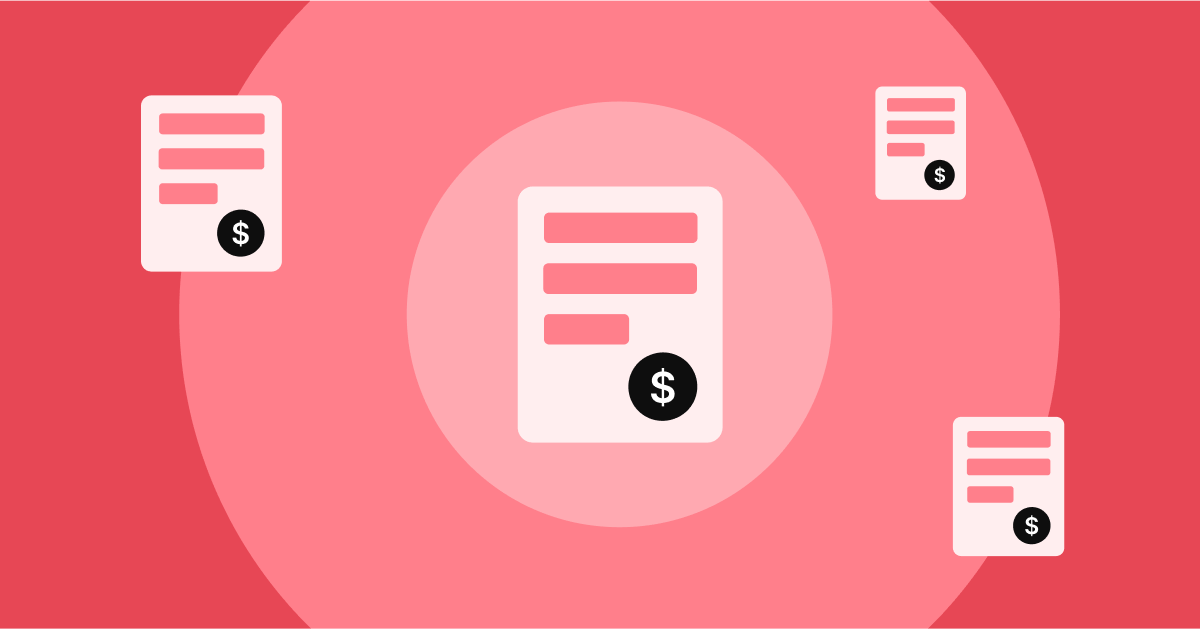Companies have always sought the quickest, most cost-effective way to ship heavy freight long distances. While technology has evolved the logistics sector, rail has continued to prove itself as the most economic option for massive freight. This is especially true for the commodities market, where a high volume of materials like lumber, coal, metals, and paper products would be cost-prohibitive or even weight prohibitive to ship via truck. According to the U.S. Department of Transportation Federal Railroad Administration almost 28% of all freight moved in the United States is shipped via rail — a nearly $80-billion industry.
Nurturing positive relationships with service vendors and vendors is critical to being able to deliver for customers. Rail carriers appreciate working with shippers who have a consistent volume of freight on a reliable basis. However, it is equally, if not more important for carriers to work with shippers who pay their invoices on time. Many carriers even provide a discount to shippers who remit invoice payments early. However, leveraging that discount could be heavily dependent on whether or not the shipper is choosing to employ Rule 11.
Rule 11 vs. Through Rate
Freight Mandatory Rule 11, as defined by the Association of American Railroads is: “intended for use by the rail industry to protect confidential prices and/or meet customer requirements by providing multiple freight bills on shipments covered by a through Bill of Lading.”
Rule 11 gives shippers the liberty to independently negotiate billing with each railroad in the multi-railroad movement. The shipper takes the responsibility of working with each carrier directly to negotiate prices and set up payment. Not all shippers choose to abide by Rule 11, others opt for through rates to simplify the payment process.
Through Rate is one rate that includes all railroads in a multi-railroad shipment. The shipper makes one payment to the origin carrier. That original carrier then makes payments to all the individual railroads that were involved. While through rates tend to be less administrative labor for the shipper, there is limited visibility into the billing details.
The Hidden Benefits of Rule 11 for Rail Shipments
By comparison, Rule 11 is more complex than through rates but can offer the following benefits:
- Enhanced rate visibility
- Variation in options for rail carriers
- Stronger negotiation leverage
- Decreased freight costs
While using the through rate may seem like the better option because it is less labor-intensive, Rule 11 railroad rates increase visibility across the supply chain and provide pricing transparency. With every carrier a shipper engages with while using Rule 11, there is the opportunity to improve operations and reduce costs, particularly when planning for long-haul freight. To be successful in rate negotiations, the shipper must have a proven track record of being a meritable business partner. When using Rule 11, the most straightforward way is to optimize internal accounting processes to ensure that each carrier's invoices are reviewed and paid on time, every time.
Reduce Administrative Work of Rule 11
Processing invoices from multiple carriers does not have to be overwhelming or take too much of your finance team's time. The latest real-time AP automation technology supports shippers using Rule 11. Many AP teams are using manual systems to review, audit, and approve invoices. Simple issues like missing information, invoice errors, or communication lags elongate the payment timeline and slow cash flow for the carriers. Slow payments are frowned upon and limit an AP team's opportunity to capitalize on early payment discounts. AP Automation can unlock the benefits of Rule 11 for shippers by reducing the manual workload involved in processing invoices.
With real-time AP automation technology, the shipper can receive numerous invoices for the same shipment, and have each audited for errors within minutes. While manual systems are slow and error-prone, AP automation ensures the invoices are ok-to-pay before payment is made to eliminate wasted spending. Adopting the latest technology can also track carrier performance to ensure quality and support better rate negotiation.
Learn how your organization can get access to real-time AP automation technology to start eliminating wasted spend by scheduling a demo with an OpenEnvoy expert today, visit https://openenvoy.com/contact-us/.











